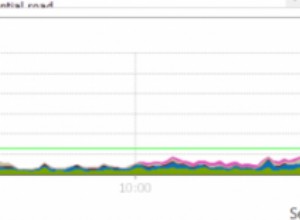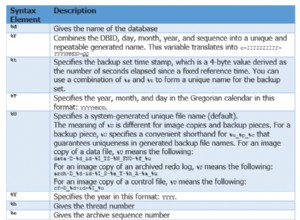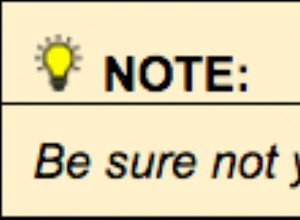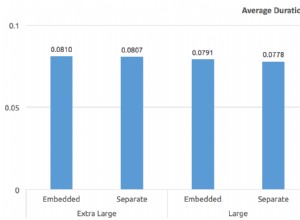Mi ci è voluto la maggior parte della giornata, ma l'ho capito. Ecco il codice:
Sub Excel_QueryTable()
Sheet2.Cells.ClearContents
Dim oCn As ADODB.Connection
Dim oRS As ADODB.Recordset
Dim ConnString As String
Dim SQL As String
Dim qt As QueryTable
ConnString = "Provider=Microsoft.Jet.OLEDB.4.0;Data Source=C:\t.xlsm;Extended Properties=Excel 8.0;Persist Security Info=False"
Set oCn = New ADODB.Connection
oCn.ConnectionString = ConnString
oCn.Open
SQL = "Select * from [Sheet1$] WHERE type='man'"
Set oRS = New ADODB.Recordset
oRS.Source = SQL
oRS.ActiveConnection = oCn
oRS.Open
Set qt = Worksheets(2).QueryTables.Add(Connection:=oRS, _
Destination:=Range("A1"))
qt.Refresh
If oRS.State <> adStateClosed Then
oRS.Close
End If
If Not oRS Is Nothing Then Set oRS = Nothing
If Not oCn Is Nothing Then Set oCn = Nothing
End Sub
Per farlo funzionare sulla tua cartella di lavoro, dovrai modificare il Data Source percorso del nome del file che stai utilizzando.
[Sheet1$] nella query c'è il nome del foglio da cui stai selezionando (lascia nel $ ).
Worksheets(2) è il numero del foglio in cui stai creando la tabella dinamica.
Inoltre, dovrai abilitare uno dei Microsoft Active X Data Objects librerie andando su Tools>References nell'editor VBA in Excel.




